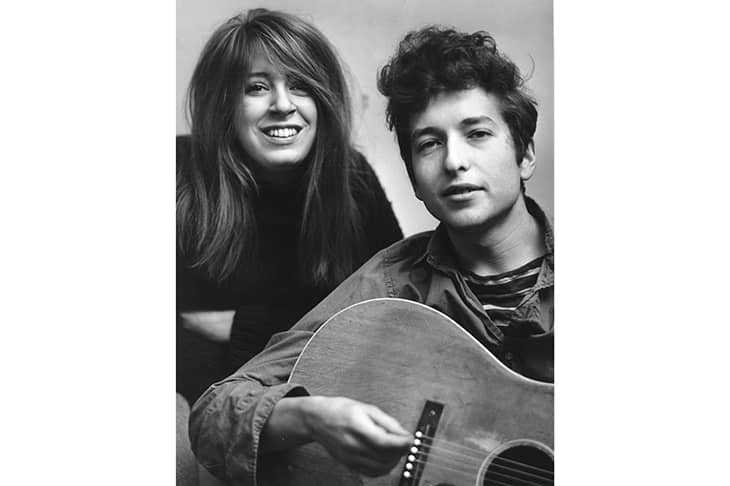In May 2019, the first World of Bob Dylan conference was held in Tulsa, Oklahoma. Why Tulsa? Because Dylan’s archives are there, acquired in 2015 by the George Kaiser Foundation and the University of Tulsa for a reported $15-$20 million. Tulsa was already home to fine museums and important historical and archival collections. In a statement in 2016 Dylan said he was glad that his archives ‘are to be included with the works of Woody Guthrie, and especially alongside all the valuable artefacts from the Native American nations’.
First housed in the Helmerich Center for American Research, part of the Gilcrease Museum, the Bob Dylan Archive is soon to be moved to its own building, the Bob Dylan Center, built on the scarred ground in downtown Tulsa where in 1921 a massacre occurred. A brilliant essay in The World of Bob Dylan begins with the massacre, or what its author Greil Marcus refers to as ‘the white pogrom that destroyed the black community in Tulsa’. Marcus’s essay is on the blues, and its roots in African-American communities where ‘Tulsa sent the loudest message: anything you have, anything you are, can be taken away at any time,’ and concludes in a discussion of Dylan’s 1997 album Time Out of Mind.
The World of Bob Dylan contains pieces initially given as papers at the eponymous conference, such as Marcus’s and the crackerjack, witty ‘Gender and Sexuality: Bob Dylan’s Body’ by Ann Powers. Her Tulsa audience erupted in laughter when she showed one of Ted Russell’s photographs of Dylan and Suze Rotolo in their Greenwich Village apartment in 1961 and commented: ‘At first glance, they look like an adorable lesbian couple.’ Other essays, such as Kim Ruehl’s knowledgeable ‘Roots Music: Born in a Basement’, were written for the book.
Few musical artists have ever been as adored and squabbled over by fans as Dylan is
The collection has five parts, or acts: Creative Life, Musical Contexts, Cultural Contexts, Political Contexts and Reception and Legacy.







Comments
Join the debate for just £1 a month
Be part of the conversation with other Spectator readers by getting your first three months for £3.
UNLOCK ACCESS Just £1 a monthAlready a subscriber? Log in